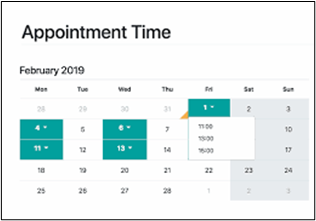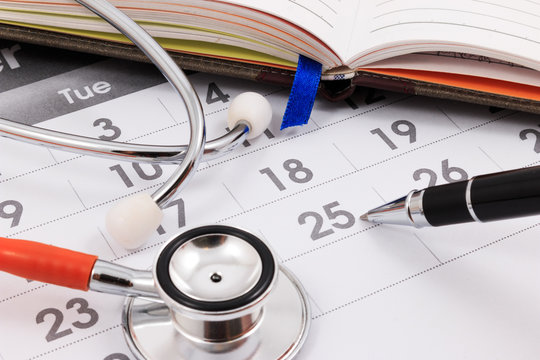Demands on health care have dramatically risen in the last year under the Covid-19 pandemic, but improving health care quality, coverage, and outcomes within the resources available is a constant for healthcare systems.Healthcare organizations are nowadays adapting to the different KPIs to improve operations, ensure patient safety, and staff operations run smoothly and efficiently.
Analysing the KPIs gives insight to the management, fine-tunes the day-to-day operations, optimizes the performance that meets best practices — and also knows where improvements may be needed.
Below are the few KPIs which are Important for health care organizations:
KPI’S for Healthcare Operations:
1. Patient waiting time: This can help with staffing and scheduling and also provide insight into the time taken by each patient in the waiting room, before receiving the consultation.
2. An Average number of patient rooms in use: This shows how well space is used to treat patients and helps determine if more or less space is needed in the facility. This also helps the management to know whether appointments are overbooked or under-booked.
3. Number of ER visitors who leave: This may help determine if more beds or staff are needed to handle the number of patients coming in. Many times, due to long waiting times the patients tend to leave, even before consultations.
4. staff-to-patient ratio: Demonstrates the number of staff available per patient, if the patient appointments are higher, management can plan the resources accordingly.
5. Infection control and Patient safety: Infection prevention and control maximize patient outcomes and are part of providing effective, efficient, and quality health services.
6. Patient follow-up: Measures the number of patients who receive follow-up after they visit the facility. After the visit, management can schedule a follow-up to know whether the treatment they received is satisfactory.
7. Overall patient satisfaction: Calculates satisfaction levels by combining several factors, like waiting time, time is taken for report generation, times the patient has revisited, and feedback from the staff.
How Does ERP help??
To empower the management team, and evaluate the day-to-day operation our ERP can handle the tough job very easily.
1. Appointment Booking: The patients can easily select the time of their visit and the doctor they would like to consult, by themselves, the Patients get a confirmation email for their visit, once the admin has confirmed the appointment.

2. Discussion: The patient can directly communicate with the administrator to change the appointment details or give the other medical information. This feature helps to reschedule the appointment and the doctor can share the prescription with the patient securely.

3. Centralized Data: The Doctor can have the medical history of patients visited, in one place, all the medical history and reports can be stored under the patient’s database for easy and accurate access.

4. Appointment booking for various medical tests/Diagnoses: The Management can receive real-time data about equipment slots and occupancy for machines like CT scans, X-Ray, and other medical equipment.
This feature allows the management to analyze and deploy resources accordingly.









